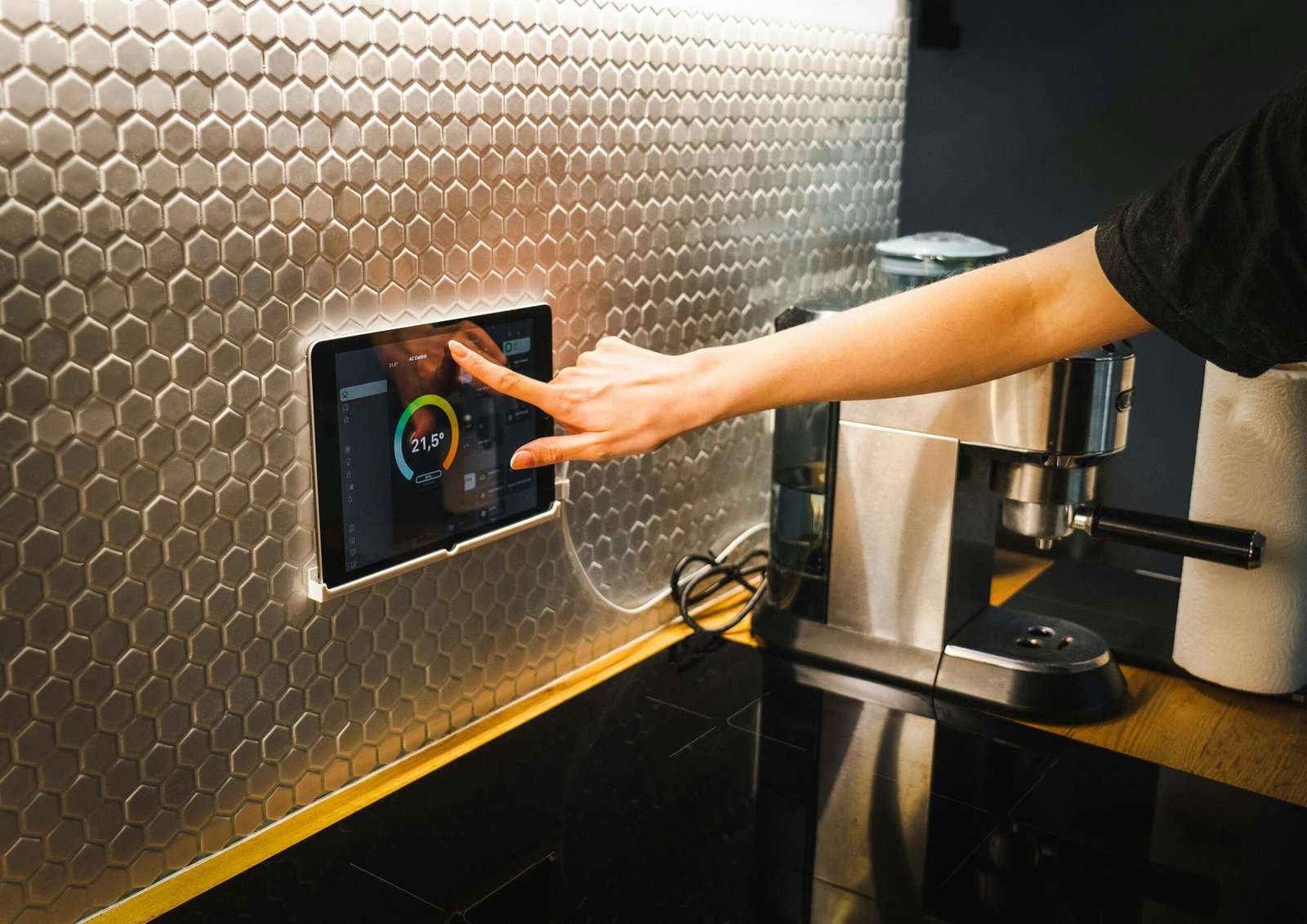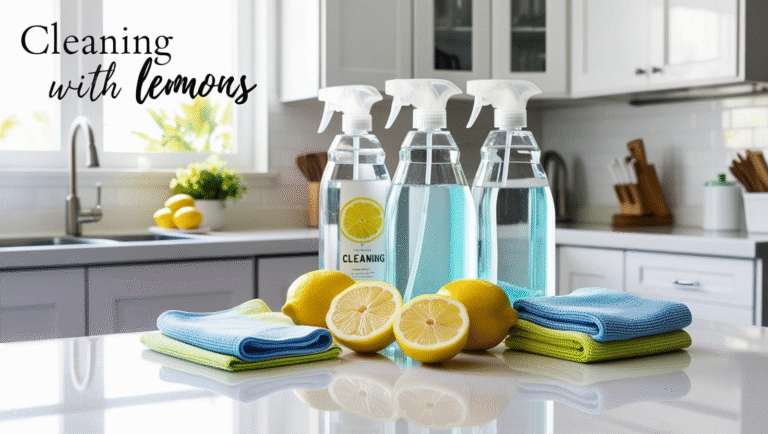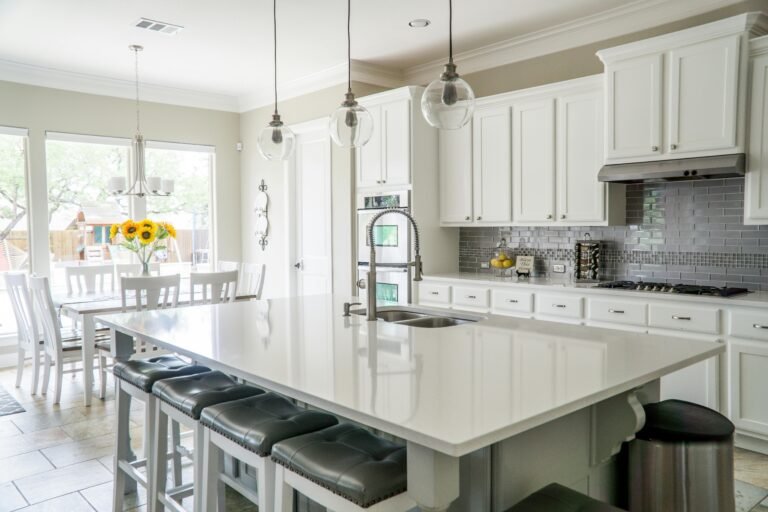The Busy Homeowner’s Guide to Choosing and Integrating Smart Home Devices for Easy Maintenance in 2025
Why This Guide Matters
Managing home maintenance can feel like a full-time job, especially when balancing work, family, and other commitments. Fortunately, smart home devices have evolved to become indispensable allies, automating routine tasks, alerting you to issues early, and even performing chores for you.
This guide walks you through selecting the right smart home devices, integrating them seamlessly, and maximizing their benefits to simplify your maintenance routine, saving you time, effort, and stress.
Step 1: Assess Your Home Maintenance Needs and Priorities
Before buying any device, take a moment to understand your specific maintenance challenges and goals. Consider:
- Which tasks consume the most time or cause the most stress? (e.g., HVAC upkeep, lawn care, leak detection)
- What areas of your home need the most attention? (e.g., kitchen appliances, outdoor spaces, security)
- Are you looking to save energy, improve safety, or automate cleaning?
- Do you prefer DIY solutions or professional installation?
- What is your budget for smart home upgrades?
Actionable Tip: Make a simple list or spreadsheet of your top 5 maintenance pain points and desired outcomes. This will guide your device selection.
Step 2: Research and Select Essential Smart Home Devices
Based on your needs, here are the categories of smart devices that can make the biggest impact for busy homeowners in 2025:
2.1 Smart HVAC Systems and Thermostats
Why: Automate temperature control, monitor air quality, and receive filter change alerts.
Top Picks:
- Google Nest Learning Thermostat — learns your schedule and adjusts automatically.
- Ecobee SmartThermostat — includes built-in Alexa and remote sensors.
Benefits: Energy savings, improved comfort, and reduced manual monitoring.
2.2 Water Leak and Moisture Sensors
Why: Early detection of leaks prevents costly water damage.
Top Picks:
- Flo by Moen Smart Water Detector — alerts you instantly via smartphone.
- Honeywell Lyric Wi-Fi Water Leak and Freeze Detector — monitors temperature and humidity.
Benefits: Peace of mind and reduced repair costs.
2.3 Smart Security Cameras and Sensors
Why: Monitor your home remotely and detect unusual activity.
Top Picks:
- Arlo Pro 5 — wire-free, weather-resistant, with advanced motion detection.
- Ring Video Doorbell Pro 2 — combines security with smart home integration.
Benefits: Enhanced safety and remote monitoring.
2.4 Robotic Cleaning Devices
Why: Automate floor cleaning and lawn mowing to save time.
Top Picks:
- iRobot Roomba j7+ — smart vacuum with obstacle avoidance.
- Husqvarna Automower 450X — robotic lawn mower with GPS navigation.
Benefits: Consistent cleanliness and lawn care with minimal effort.
2.5 Smart Lighting and Energy Management
Why: Automate lighting schedules and reduce energy waste.
Top Picks:
- Philips Hue — customizable smart bulbs with app and voice control.
- Lutron Caséta Wireless — reliable smart switches and dimmers.
Benefits: Convenience, ambiance control, and energy savings.
2.6 Smart Irrigation Systems
Why: Efficiently water your garden based on weather and soil conditions.
Top Picks:
- Rachio 3 Smart Sprinkler Controller — weather-aware watering schedules.
- Orbit B-hyve — budget-friendly smart irrigation.
Benefits: Water conservation and healthier plants.
Step 3: Ensure Compatibility and Integration
To maximize convenience, choose devices that work well together and fit into a unified smart home ecosystem.
3.1 Choose a Central Hub or Platform
Popular platforms include:
- Amazon Alexa
- Google Home / Google Assistant
- Apple HomeKit
Why: These hubs allow you to control multiple devices from one app or voice assistant.
3.2 Check Device Compatibility
- Verify that your chosen devices support your preferred hub.
- Look for “Works with Alexa,” “Works with Google Assistant,” or “Compatible with Apple HomeKit” labels.
3.3 Use Automation and Scenes
- Set up routines such as “Good Morning” to adjust the lighting, thermostat, and play the news.
- Automate maintenance reminders or alerts (e.g., filter change notifications).
Actionable Tip: Use IFTTT (If This Then That) to create custom automations between devices that don’t natively integrate.
Step 4: Plan Installation and Setup
4.1 DIY vs Professional Installation
- Many smart devices are designed for easy DIY installation.
- For complex systems (e.g., HVAC upgrades, irrigation controllers), consider professional help.
4.2 Follow Manufacturer’s Instructions Carefully
- Use official apps for setup and firmware updates.
- Secure your Wi-Fi network to protect smart devices from hacking.
4.3 Test All Devices and Automations
- Confirm alerts, remote controls, and automations work as expected.
- Adjust settings based on your lifestyle and preferences.
Step 5: Maintain and Update Your Smart Home System
5.1 Regularly Check Device Status
- Monitor battery levels and connectivity.
- Replace batteries or recharge devices as needed.
5.2 Keep Software and Firmware Updated
- Updates often include security patches and new features.
5.3 Review and Adjust Automations Seasonally
- For example, adjust irrigation schedules in winter.
- Update maintenance reminders based on actual usage.
Must-Have Apps and Tools for Effortless Home Care
- Home Maintenance Tracker Apps: Centriq, BrightNest — organize tasks and get reminders.
- Energy Monitoring Apps: Sense, Emporia Vue — track home energy use and identify savings.
- Voice Assistants: Use Alexa or Google Assistant to set verbal reminders and check device status hands-free.
Your Next Steps: Make Home Maintenance Effortless
Smart home devices are no longer futuristic luxuries—they are practical tools that busy homeowners can rely on to simplify and streamline home maintenance. By assessing your needs, selecting the right devices, ensuring integration, and maintaining your system, you can save time, reduce stress, and enjoy a safer, more efficient home.






